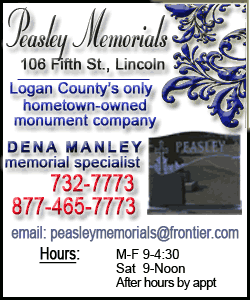| |||||||||
| |||||||||

"Damien Hirst and Jeff Koons are basically marketers, who don't even really make their art -- they conceive it," said Henry Adams, a prominent national expert on American art, now a professor at Case Western Reserve University.
But, he says, Andy Warhol is the man who truly popularized the idea of art as a money machine -- who said, among other things: "Big-time art is big-time money."
"He saw it as a commodity," Adams said of the famous pop artist. "And really, we're all trying to be commodities now."
Lynn Herminath had just finished seeing a "Picasso to Warhol" exhibit at Atlanta's High Museum of Art on Thursday. "I look at Warhol and I just say, `The joke is on us,'" Herminath mused, when trying to define what art means to her, "because he just used everyday objects. But if I look at it another way, it was definitely a statement and something no one else was doing at the time." Kinkade, she said, was "too commercial and too repetitive."
But Rod Taylor, who works in pharmaceutical sales and was also visiting the museum, said he liked Kinkade, whose tranquil scenes remind him of family vacations in the woods.
"As I think about art, I think it's something that should evoke emotion and beauty," Taylor said.
Does art need to make you happy? And does it need to be pleasant to do so? For Anne Scheid, a painter herself who also teaches drawing at Fresno City College in California, the answer is no. In fact, she has trouble with Kinkade's work because it "doesn't have the darkness, despair or joy that art has. For me, his work brings up the word `nice.' Have you ever been around a person that's nice all the time? That's annoying. It's terrifying, because it isn't real."
But is it art? "Who am I to say?" she said. And like many interviewed she felt the individual, not museums or the art establishment, gets to decide.
"Me, for me," pronounced Graves, the lawyer in Washington. Not museums. "They don't know anything. They (only) know what's stood the test of time."
Moorcroft, though, was a more skeptical. Individuals SHOULD be the ones who define what art is, she said, but it doesn't always work that way. "It's the art critics, I would say," she said, "and the museums tend to put up with what the critics like."
That would explain why Kinkade has no presence in American museums. But Adams, at Case Western, suggested that could change one day soon. With posthumous prices on Kinkade works rising, he said, "If I were a museum director I'd want to run out and buy some of his work."
So is it possible we'll be hearing about an exhibit called "From Warhol to Kinkade"?
"It's hard to tell," said Adams. "It's equally possible that he'll disappear entirely in 100 years."
For now, Cavanaugh, the California woman with the friend who loves Kinkade, is trying not to judge.
"I can say this: They are very welcoming," she said to her friend of Kinkade's paintings, seeking common ground. "You like them. Go for it!"
[Associated
Press;
Copyright 2012 The Associated Press. All rights reserved. This material may not be published, broadcast, rewritten or redistributed.

News | Sports | Business | Rural Review | Teaching & Learning | Home and Family | Tourism | Obituaries
Community |
Perspectives
|
Law & Courts |
Leisure Time
|
Spiritual Life |
Health & Fitness |
Teen Scene
Calendar
|
Letters to the Editor